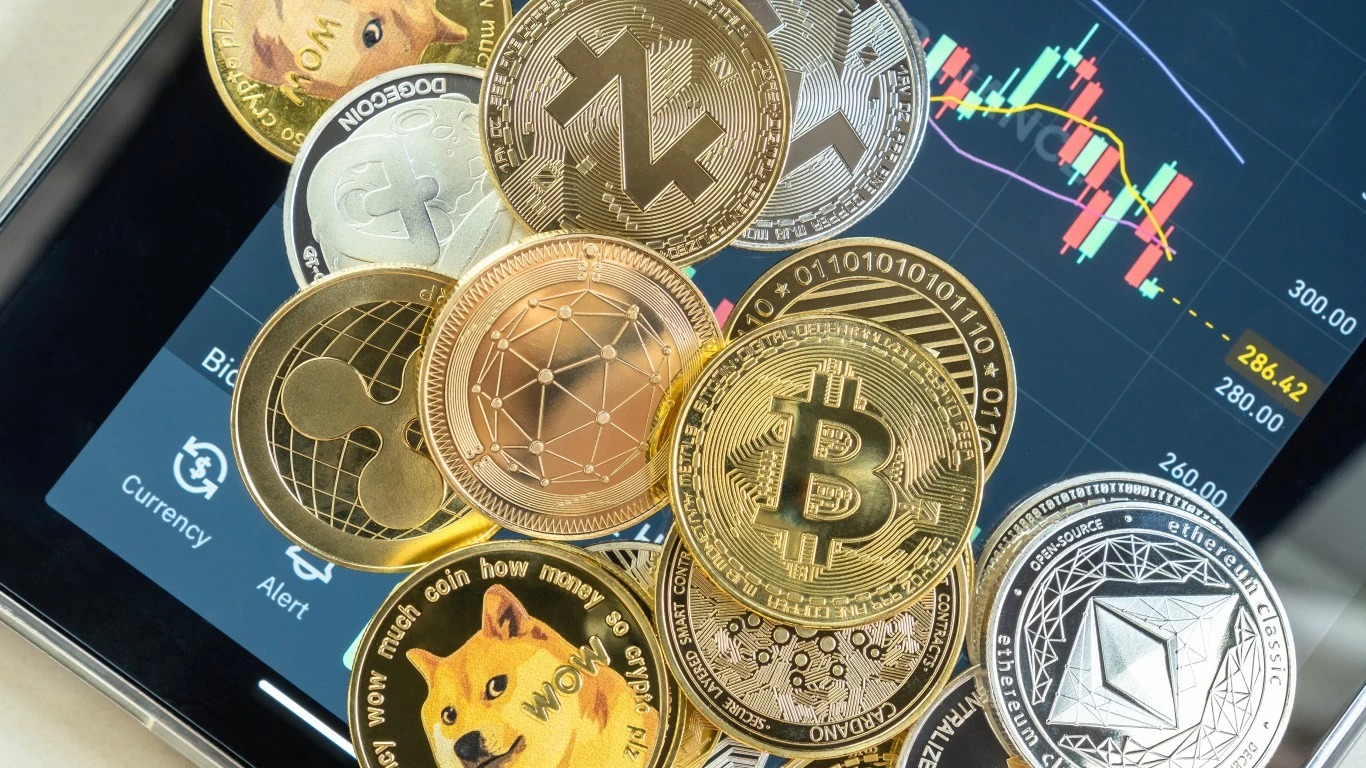
Analysts at global investment bank Citi believe the digital asset space is approaching an inflection point that could eventually see the mass adoption of blockchain technology. The experts claimed that the rise of central bank digital currencies (CBDCs) and the tokenization of real-world assets would power this transition.
CBDCs to Onboard Billions of Users to Blockchain: Citi Report
Despite the growing adoption of crypto and other decentralized finance innovations like non-fungible tokens (NFTs) and the metaverse, the underpinning blockchain technology is yet to find massive adoption. According to Citi analysts, this could change when blockchain has more than a billion users who use the technology frequently.
“This is likely to be driven by the adoption of central bank digital currencies (CBDCs) by large central banks as well as tokenized assets in gaming and blockchain-based payments on social media,” the experts wrote in a report titled “Money, Tokens, and Games: Blockchain’s Next Billion Users and Trillions in Value.”
The report estimated that more than $5 trillion of CBDCs could be circulating globally by the end of this decade. This would give almost 2 billion people the opportunity to experiment with digital currency, Citi said.
CBDCs are digital money issued by central banks and pegged to fiat currencies. Currently, 65 countries are in the advanced stage of CBDC development, and more than twenty central banks have launched their pilots, including China, Brazil, Japan, and Russia.
RWA Tokenization Could Reach $4T in Value by 2030
The bank added that the tokenization of real-world assets could further drive the adoption of distributed ledger technologies like blockchain. It predicted that tokenization could grow by 80x in private markets and reach almost $4 trillion in value by 2030.
Tokenization is the process of representing physical and traditional financial assets as digital tokens on a blockchain. Tokenized assets can be bought, sold, and traded just like securities and offer a range of benefits.
Some advantages of tokenization include increased liquidity, faster settlement, lower costs, and bolstered risk management. In short, tokenized assets lower entry barriers, offering a more comprehensive range of investors access to real-world assets more efficiently and securely.
In September last year, global consulting firm BCG estimated that the cumulative size of tokenized assets globally could reach a staggering $16 trillion by 2030. This represents a more than 50,000% growth compared to $310 billion in 2022.
There has also been some adoption among major banks. For instance, a group of 12 banks that include the Bank of America and Citi are exploring tokenizing liabilities.
Meanwhile, Citi analysts noted that blockchain needs to improve vastly to be successfully adopted into the mainstream. More specifically, the technology needs transaction scale and throughput, strong security guarantees, on-chain identity, privacy, Oracles, bridges, and good user experience.
“The legal plumbing also needs to be altered to enable smart legal contracts that will provide a whole new set of rails for global commerce and finance to run on. Regulatory considerations are also necessary to allow adoption and scalability without the hindering innovation.”
Finally, Citi experts claimed that mass adoption could take another six to eight years. However, with governments and major institutions launching trials and proofs of concept, tokenization is set to find growing adoption.
This article originally appeared on The Tokenist
Sponsored: Find a Qualified Financial Advisor
Finding a qualified financial advisor doesn’t have to be hard. SmartAsset’s free tool matches you with up to 3 fiduciary financial advisors in your area in 5 minutes. Each advisor has been vetted by SmartAsset and is held to a fiduciary standard to act in your best interests. If you’re ready to be matched with local advisors that can help you achieve your financial goals, get started now.






